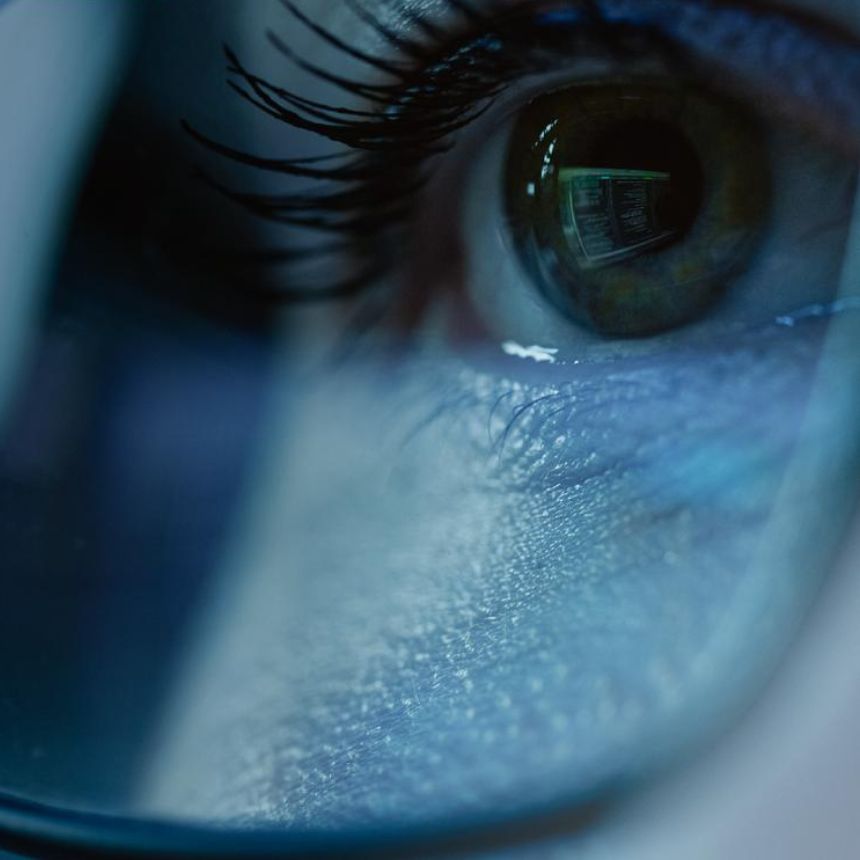Covid-19 has changed life as we know it. Businesses shuttered offices, brands slashed media budgets, and even exams were originally graded by an algorithm. Integral Ad Science’s Paul Nasse assesses what marketers have learnt in the last six months, and how they will use these insights to adjust their campaigns
To remedy the exam results scandal, universities pledged “flexibility” for admissions to ensure the class of 2020 is not at a disadvantage.
In parallel, the same premise applies for marketers, who need to be more adaptable than ever. As well as rising pressure on resources from senior leadership, they must manage rapid shifts in consumer behaviour to keep performance on par with their pre-coronavirus campaigns.
At the sixth month milestone since the impact of COVID-19 hit, it’s time to assess what marketers have learnt and how they will use these insights to adjust their campaigns. In other words, the advertising industry is headed ‘back to school’, with a re-calibrated curriculum.
English and linguistics
Most marketers appreciate the importance of context. As shown by recent Integral Ad Science research into the Halo Effect, the content ads appear beside impacts how consumers perceive their brand. But as they move to guard brand reputation in the current turbulent climate, some are adopting methods which overlook a vital aspect of language: semantics.
Words are shapeshifters, conveying different meanings depending on how they are used. By using only ‘blunt’ brand safety techniques, marketers are targeting away from any content using certain – often generic – terms that brands deem as unsafe for their messaging to appear alongside. These methods are taking a toll, as overzealous keyword blocking can mean lost revenue for publishers. Meanwhile, marketers are missing multiple positive advertising opportunities.
Resolving these issues calls for greater knowledge and education. Marketers have the opportunity to sharpen their skills with a course in brand suitability. By combining semantic analysis and natural language processing tools, smart technology can uncover what lies beneath the words on a webpage in real-time – including what they mean and how they relate to each other – and classify content into precise categories.
This new gold standard of digital advertising can not only protect brands appearing alongside content they deem risky, but also ensures ads are directed towards contextually suitable environments.
To achieve it, marketers must enhance their written comprehension and linguistic understanding to master more sophisticated content evaluation, and bolster performance and reach.
Maths and statistics
Digital advertising is a numbers game, and marketers must get their calculations right to ensure efforts are as cost effective and valuable as possible. This includes accurately measuring campaign impact and mitigating against risks such as ad fraud.
This focus on efficiencies hasn’t changed with the coronavirus pandemic. Ad fraud is an ongoing challenge – with estimates of total costs varying from $6.5 billion to $19 billion – and shifting to a remote set up hasn’t stopped its evolution. According to the World Federation of Advertisers, ad fraud is set to be the second-largest source of criminal income globally by 2025.
So, marketers must remain vigilant, checking and reconfiguring their equations to factor in the ever-changing ‘X’ of ad fraud, in all its forms: bots, pixel stuffing, malicious apps, and more.
Staying on track will require multi-module learning; including behavioural analysis that detects the differences between human and bot activity.
Remaining vigilant on the granular measurement that’s essential for obtaining the statistical insight needed to quickly isolate and prevent ad fraud will give marketers a stronger basis for keeping precious budgets out of fraudulent hands.
Combining art and science?
The unprecedented acceleration in worldwide content creation is raising the stakes for marketers. Although audience appetite for content is at an all-time high – with UK consumers increasing their intake of digital media by 9.3% – capturing eyeballs isn’t necessarily easy.
Where connecting with consumers was once about creating the boldest, brightest and most engaging ads, marketers today also have to tackle the persistent problem of viewability.
Ads have to be seen to make an impact, not just served; this includes being visible across all platforms and devices. But the online space is increasingly plagued by a range of issues that can deny ads their chance to shine – such as being delivered outside of a user’s browser, being stuffed into a single 1×1 pixel (so nefarious that publishers can be paid for ads served and not visible to the user), and ad stacking (where one creative appears on top of another).
Part of the difficulty lies with variable measurement. Every type of ad – desktop, mobile, in-app, display and video – comes with a different way of assessing viewability. As the web becomes more complex and this mix of processes gets harder to navigate, marketers will have to perfect their blend of both art and science.
Put simply, creative power will rely on effective use of data. To both prove and maximise ROI, marketers must ensure access to insights that shed light on continued viewability across ad formats.
Among the many challenges of the pandemic, there are opportunities. The disruption has opened up new possibilities for marketers to reinvent standard ways of working, enhance their capabilities, and find innovative solutions to old issues.
By heading back to school armed with the key lessons of Covid-19, they can create campaigns that are better targeted, brand safe, contextually relevant, and – vitally – more successful.
This article was originally published in Mediatel
 Share on LinkedIn
Share on LinkedIn Share on X
Share on X

